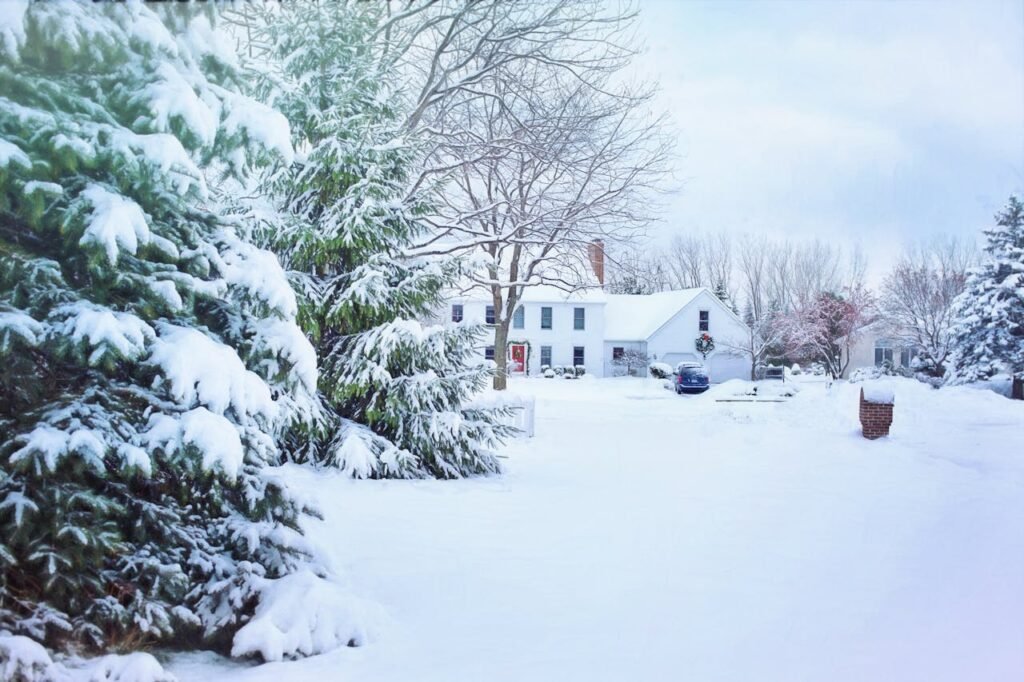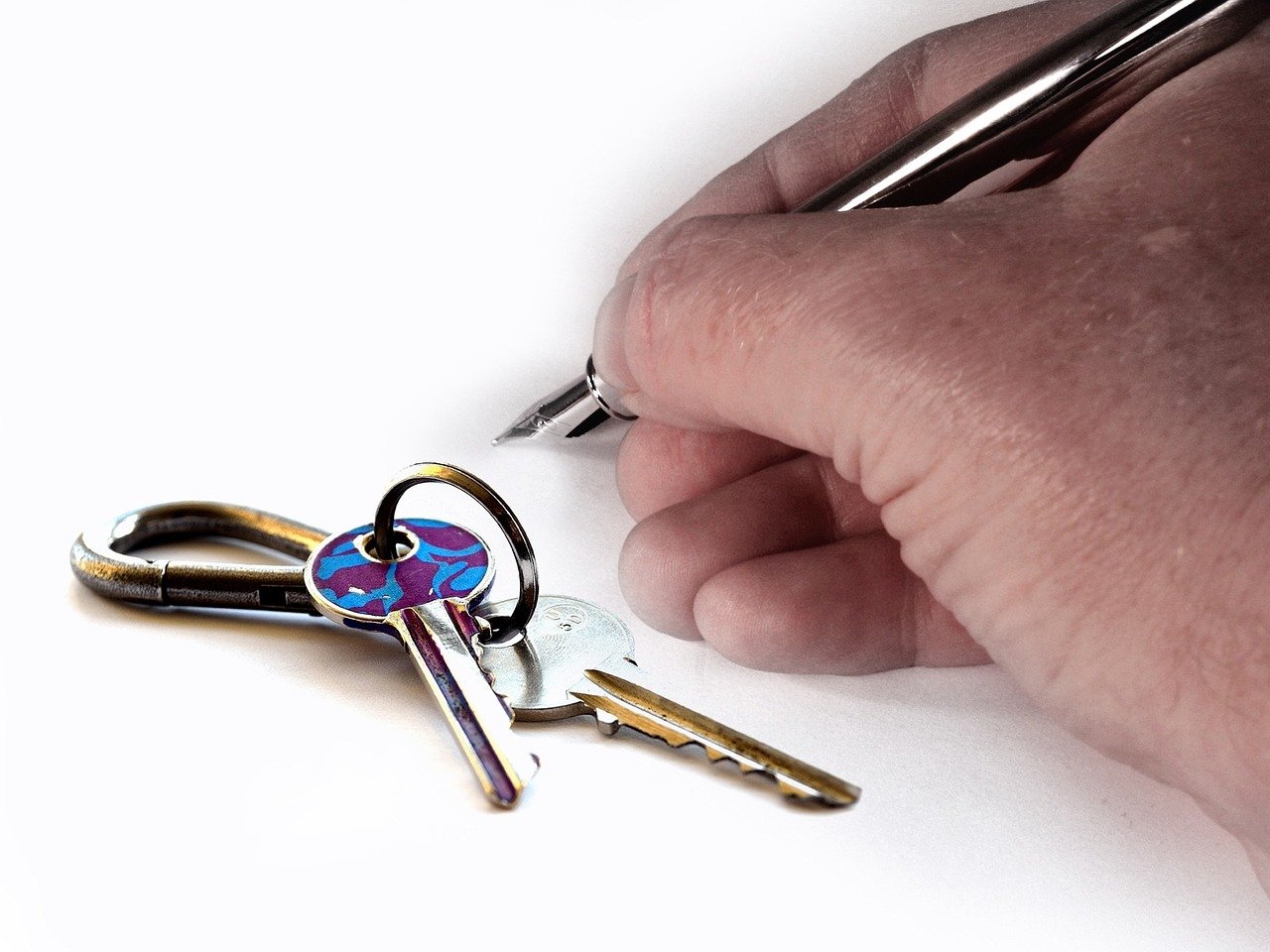Winter in Chicago is no joke. With freezing temperatures, biting winds, and heavy snowfall, the season can be as tough on your home as it is on you. If you live in Arlington Heights or nearby suburbs, you already know how challenging winters here can be. Preparing your home for the cold weather keeps you cozy and also prevents expensive repairs down the road.
Let’s look into some practical ways to winterize your home and get it ready for the season ahead.
1. Protect Your Home’s Exterior
The exterior of your home faces the brunt of Chicago’s harsh winters. Snow, ice, and freezing rain can cause significant damage if your home isn’t properly prepared.
- Check for Peeling Paint or Rot
Peeling paint and wood rot on your home’s exterior can expose it to moisture. Address these issues promptly by repainting or replacing affected areas. Doing so will help keep your home’s structure intact during the colder months. - Inspect Your Siding for Damage
Siding is one of the most important parts of your home’s defense against the elements. If it’s cracked, peeling, or showing signs of wear, it’s time to take action. Damaged siding lets cold air and moisture seep into your home, which can lead to higher energy bills and long-term structural issues. If your siding is beyond repair, consider replacing it with durable, weather-resistant materials. You can work with an Arlington Heights siding replacement company to install high-quality options like fiber cement siding, which is specifically designed to withstand harsh climates. - Clean Your Gutters
Gutters play a crucial role in directing water away from your home. Before winter hits, make sure your gutters are free of leaves, debris, and blockages. Blocked gutters can result in ice dams, disrupting drainage and allowing water to seep into your roof or walls. Installing gutter guards is a smart way to reduce upkeep and ensure water flows freely.
2. Seal Doors and Windows
Drafty doors and windows can significantly impact your home’s energy efficiency, making it harder (and more expensive) to keep warm.
- Inspect for Gaps and Drafts
Take a walk around your home and feel for drafts around windows and doors. Even small gaps can let in cold air and drive up heating costs. Use weatherstripping or caulk to seal these gaps and keep your home insulated. - Upgrade to Storm Windows and Doors
Storm windows and doors are a great addition if you’re looking to boost your home’s insulation. They act as an extra barrier against the cold, reducing energy costs and increasing comfort. - Fix Broken Seals
Double-paned windows are great for insulation, but over time, their seals can break, causing condensation to form between the panes. If you notice this issue, it’s worth replacing the seals or the windows to restore their effectiveness.
3. Prepare Your Roof for Snow and Ice
Your roof is your home’s shield against the elements, so it’s essential to make sure it’s in good shape before winter arrives.
- Inspect for Damage or Weak Spots
Look for missing or damaged shingles, sagging areas, or any signs of wear. These issues can lead to leaks once the snow starts to melt. Addressing them now will save you from costly repairs later. - Clear Debris
Leaves, branches, and other debris can trap moisture and lead to ice buildup on your roof. Keep your roof clear to prevent these problems and extend its lifespan.
4. Prepare Your Heating System
A reliable heating system is important for surviving Chicago winters. A little maintenance now can prevent major issues later.
- Schedule a Furnace Tune-Up
Your furnace works overtime during the winter, so make sure it’s running efficiently. Schedule a professional tune-up to clean the system, check for potential issues, and ensure everything is in working order. - Replace Air Filters
Dirty air filters reduce airflow and force your heating system to work harder, leading to higher energy bills. Replace your filters every one to three months to keep things running smoothly. - Test Carbon Monoxide Detectors
Heating systems, especially older ones, can pose carbon monoxide risks if not properly maintained. Check your detectors to ensure they’re working, and replace batteries if needed. It’s a simple step that could save lives.
5. Insulate Key Areas of Your Home
Proper insulation is one of the best ways to keep your home warm and energy-efficient during winter.
- Focus on Basements and Crawl Spaces
These often-overlooked areas can be major sources of heat loss. Adding insulation to your basement walls and crawl spaces will help maintain a consistent temperature throughout your home. - Add Insulation to Walls and Floors
If you live in an older home, chances are it wasn’t built with modern insulation standards in mind. Adding insulation to your walls and floors can make a noticeable difference in both comfort and energy savings. - Insulate Exposed Pipes
Freezing temperatures can cause exposed pipes to freeze and burst, leading to costly repairs. Wrap your pipes in insulation sleeves or heat tape to protect them from the cold.
6. Stock Up on Winter Essentials
Being prepared for winter means more than just weatherproofing your home—it also means having the right tools and supplies on hand.
- Keep Snow Removal Tools Ready
Make sure your shovels, snow blowers, and ice melt are easily accessible. Clear driveways and walkways promptly after snowfalls to prevent accidents and damage. - Check Your Emergency Supplies
Winter storms can lead to power outages, so it’s important to have a well-stocked emergency kit. Include flashlights, batteries, blankets, and non-perishable food items. A little preparation goes a long way in keeping your family safe and comfortable during severe weather.
Winter in Chicago can be tough, but getting your home ready now will save you time, money, and headaches later. Start by focusing on your home’s exterior, making sure your siding, roof, and gutters are in top shape. Don’t forget to address drafty windows and doors and ensure your heating system is working efficiently.
Take these steps to prepare your home, and you’ll be ready to face even the harshest winter with confidence.













